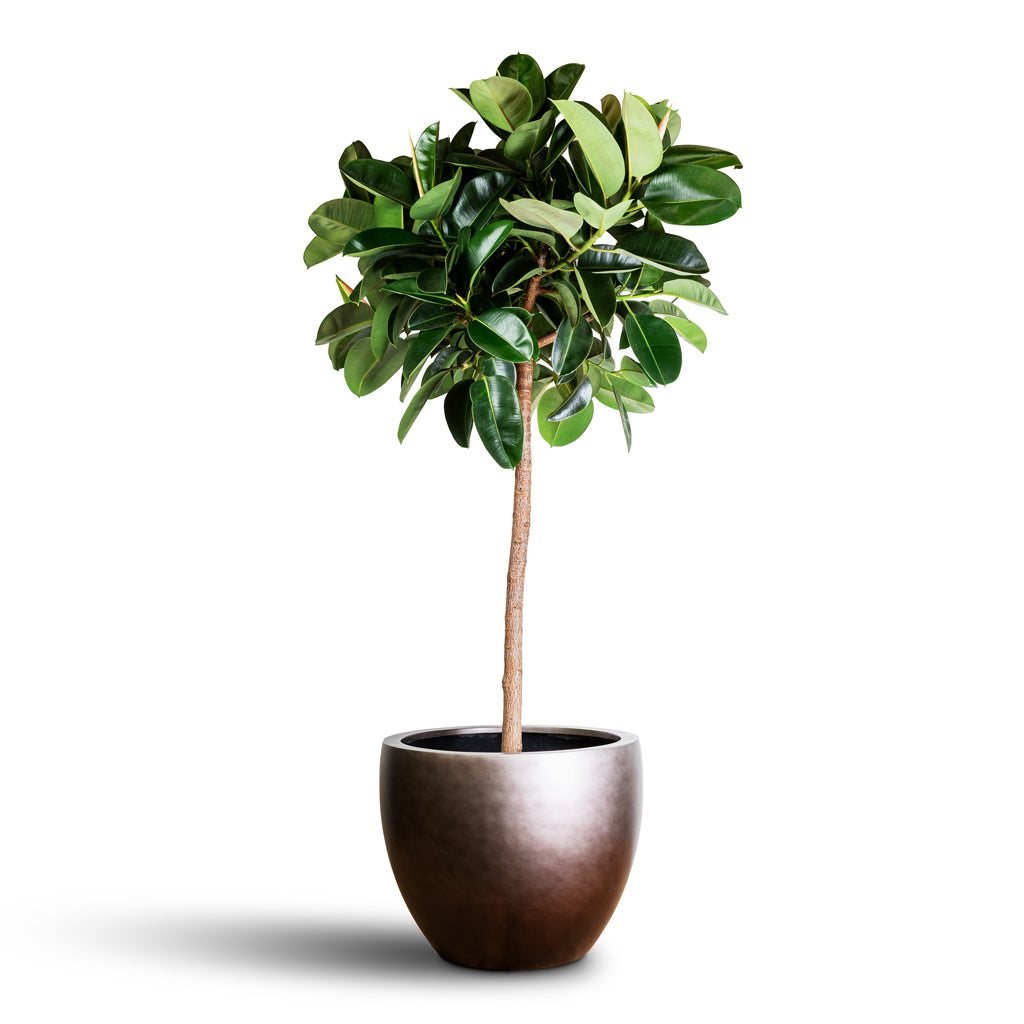
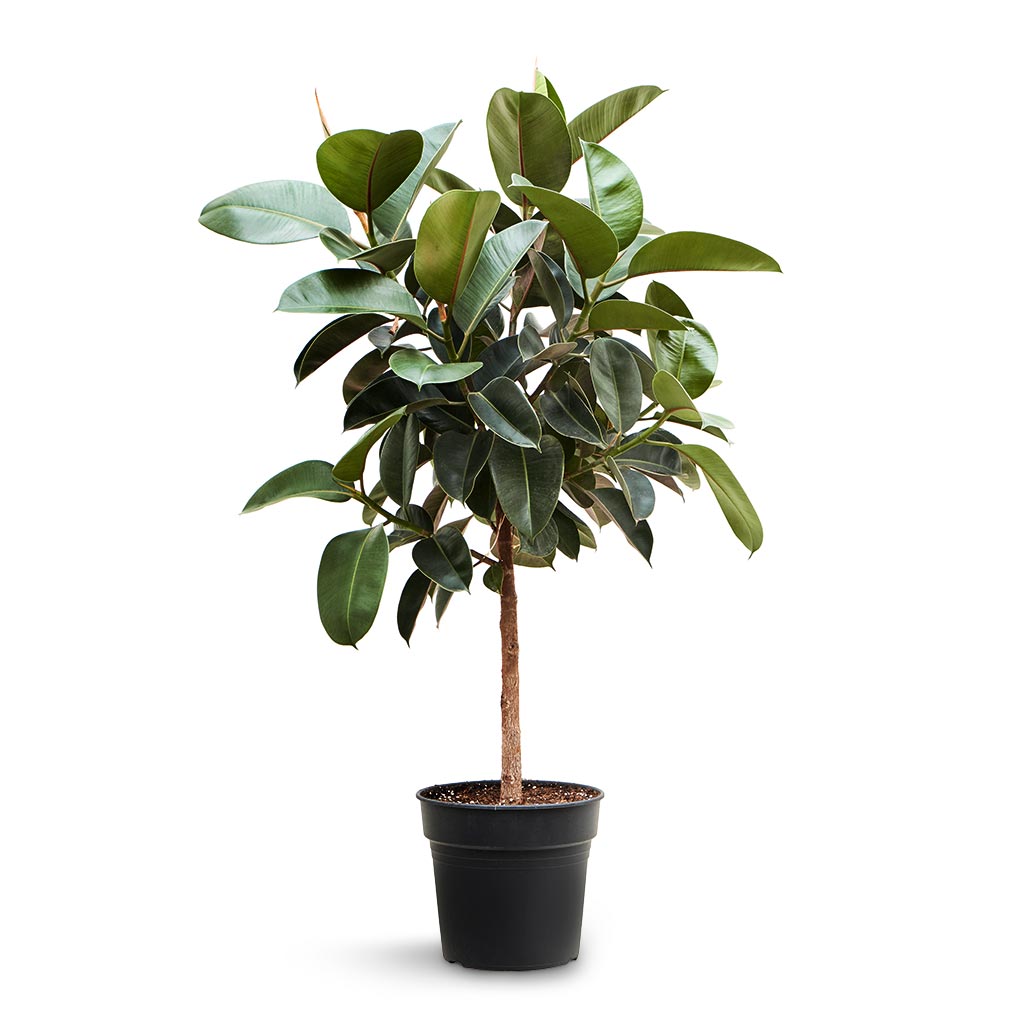
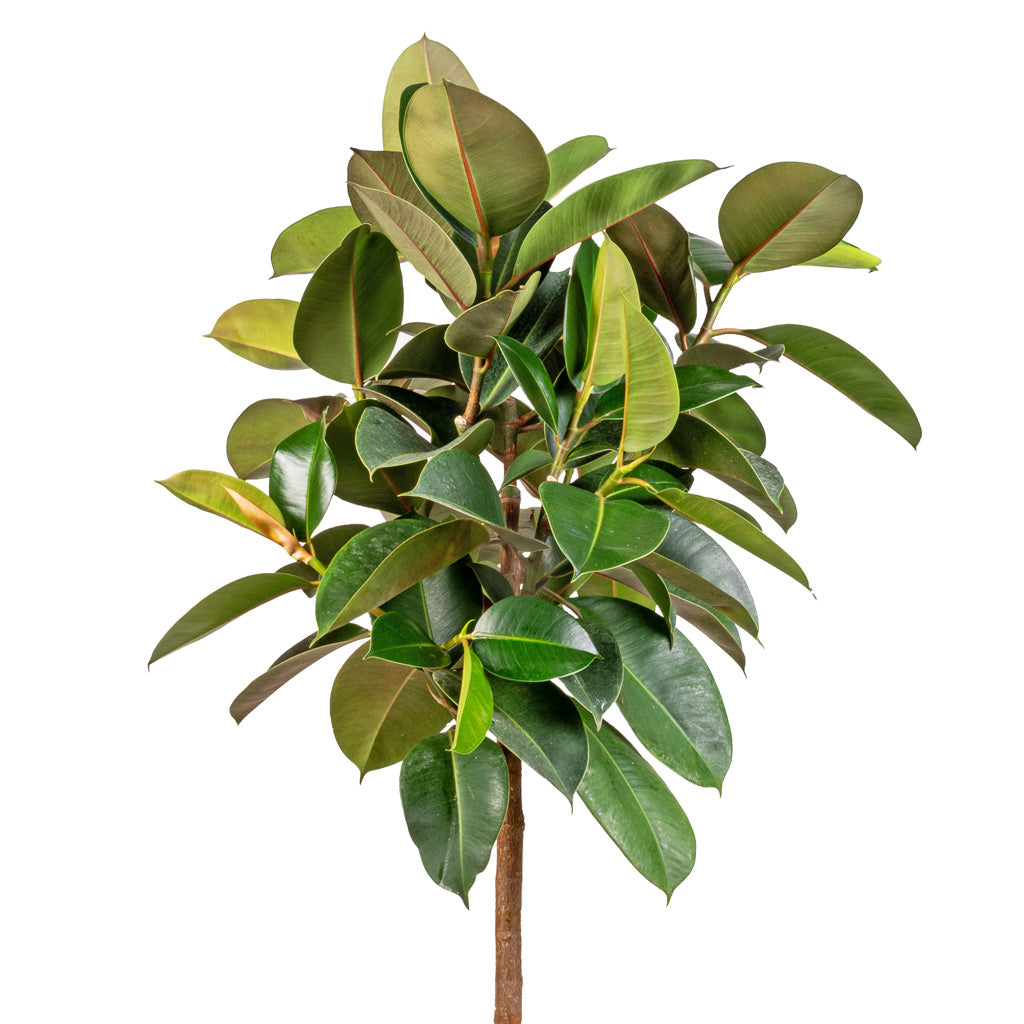
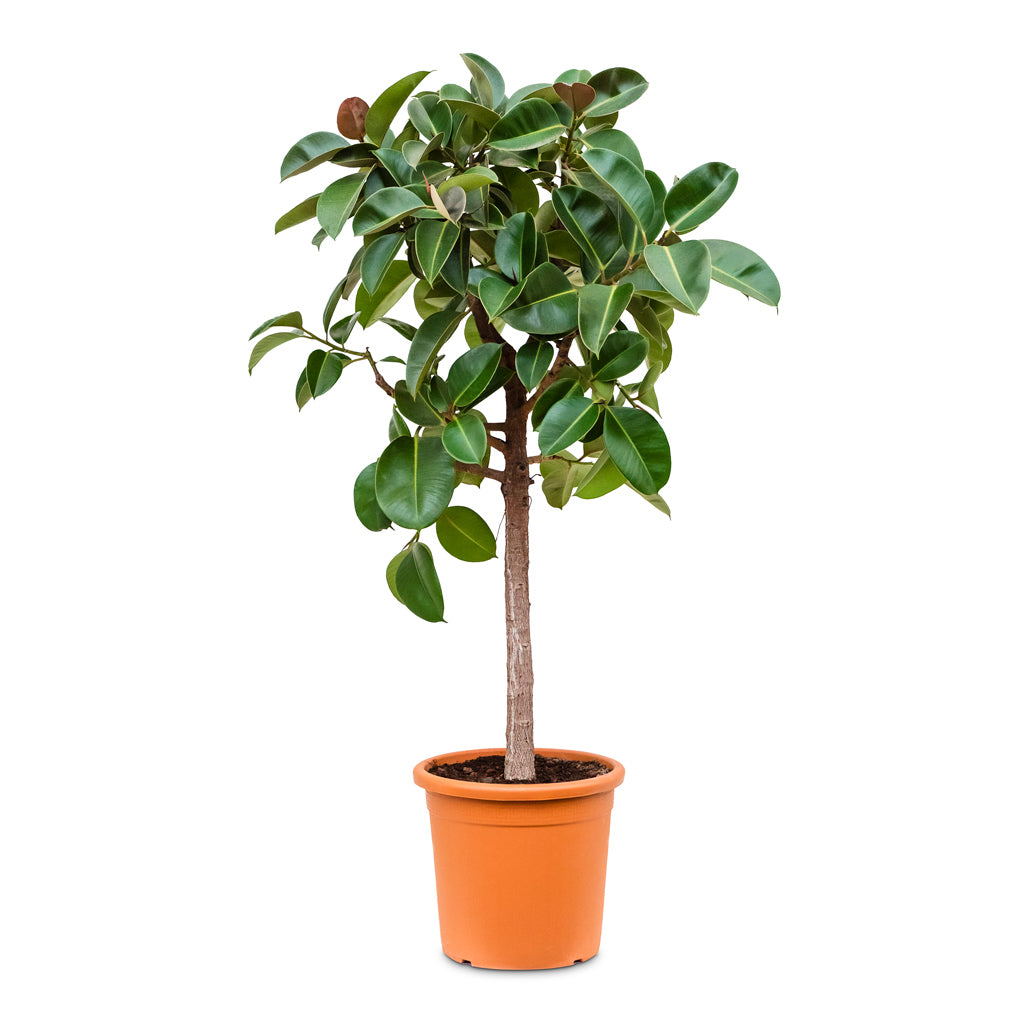
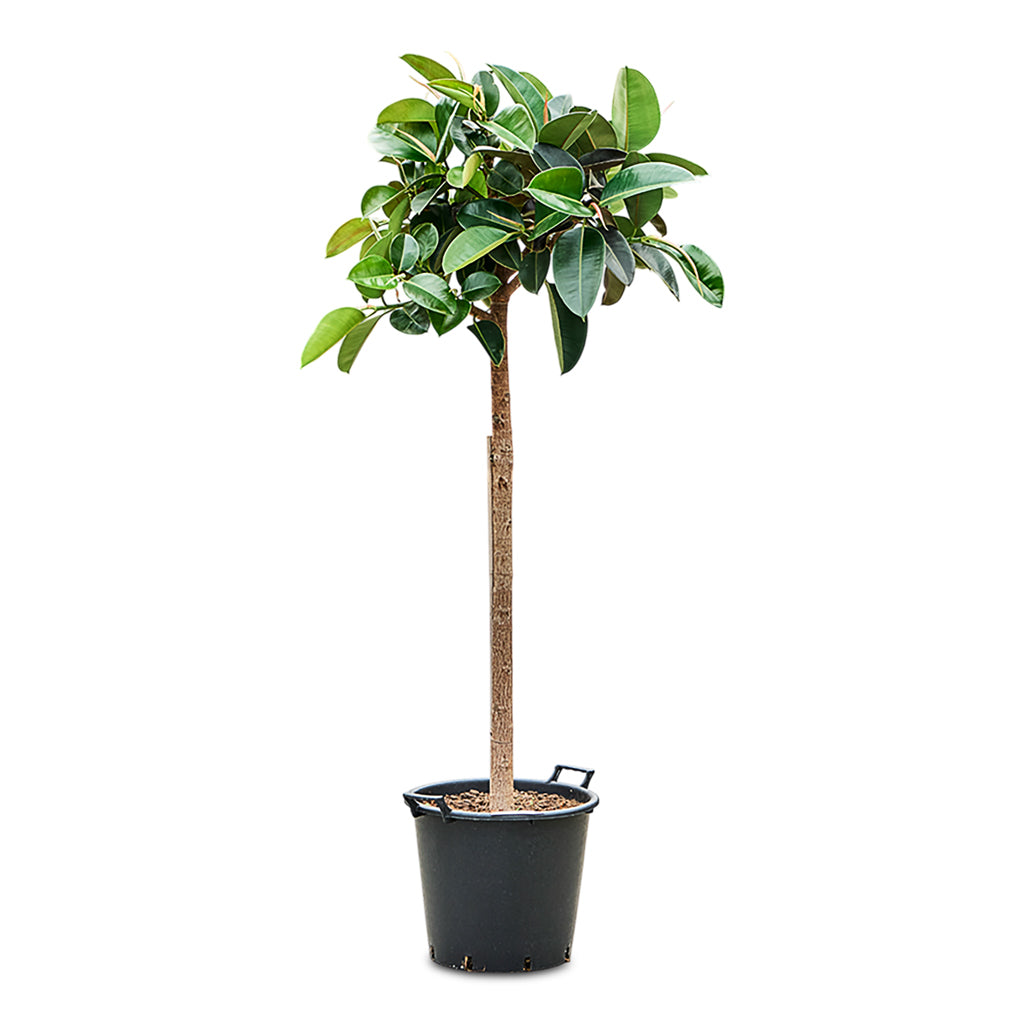
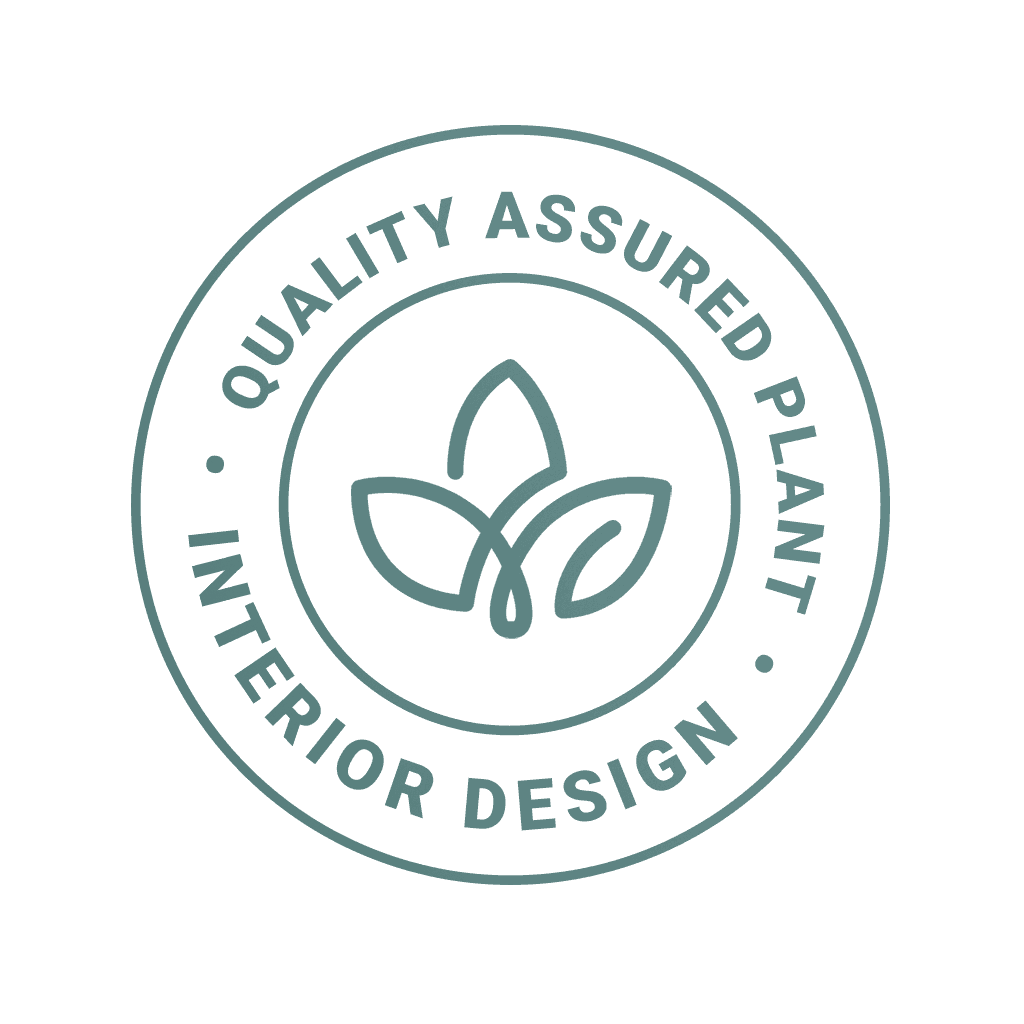
Ficus elastica Robusta - Rubber Plant - Straight Stem
£179.99 - £319.99
Owning a Rubber Plant is all about embracing the retro-chic elegance of its broad, glossy leaves. To heighten its charm, this straight-stemmed plant has been artfully sculpted into an elegantly shaped lollipop tree silhouette. Ficus elastica Robusta is a modern variety that closely resembles the original species in appearance, featuring leaves that are both wider and shinier.
Not only does Robusta add a nostalgic touch of sophistication to your space, but it also excels as one of the finest air-filtering plants available. Additionally, it's remarkably low-maintenance, making it an ideal choice for effortlessly infusing your indoor areas with lush, tropical foliage.

















